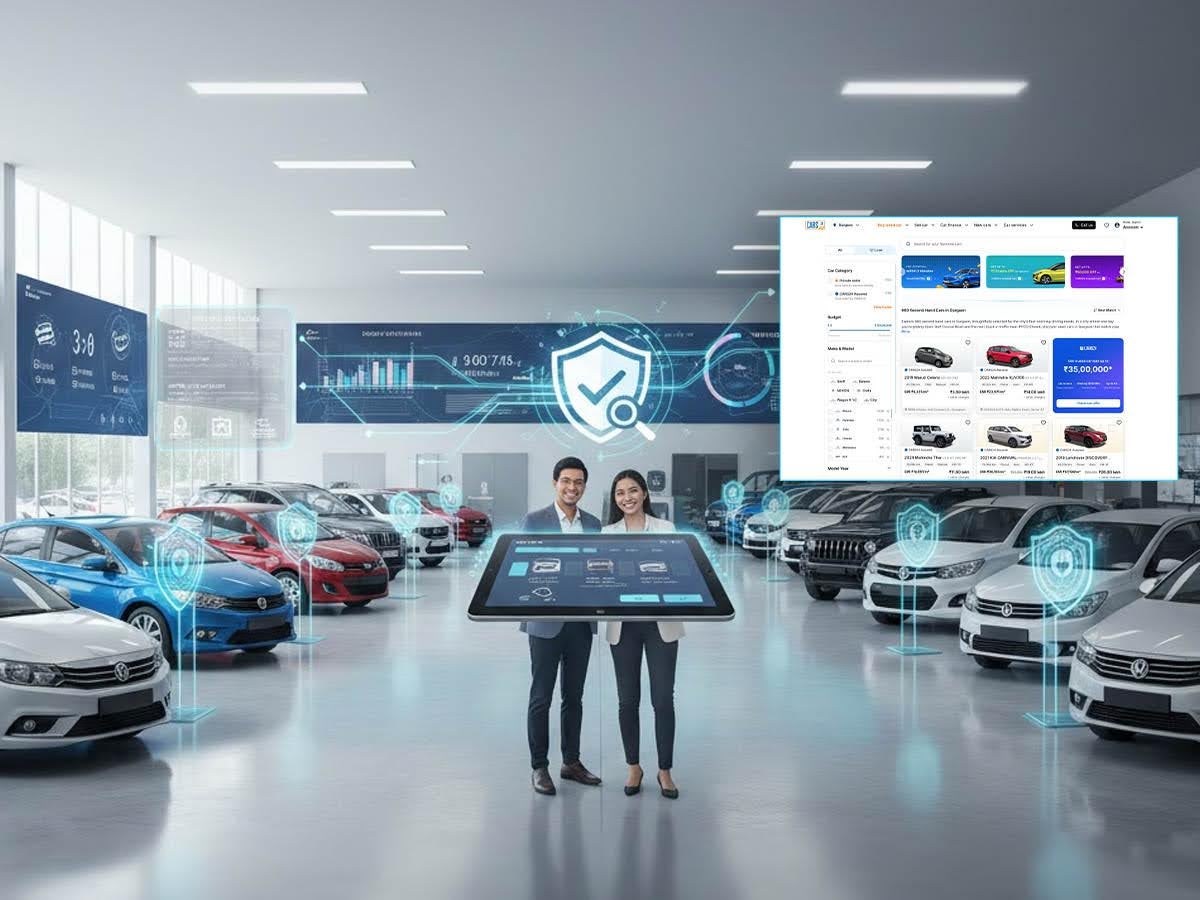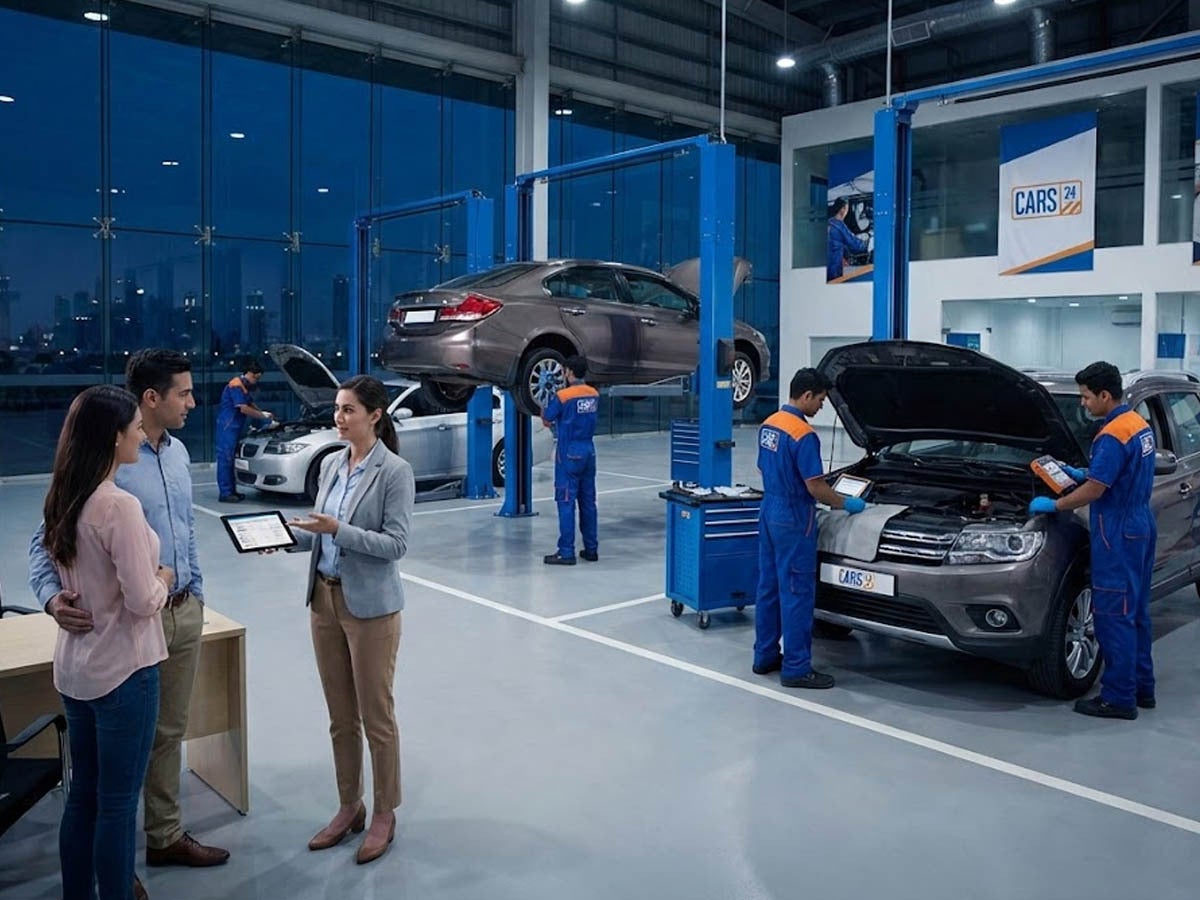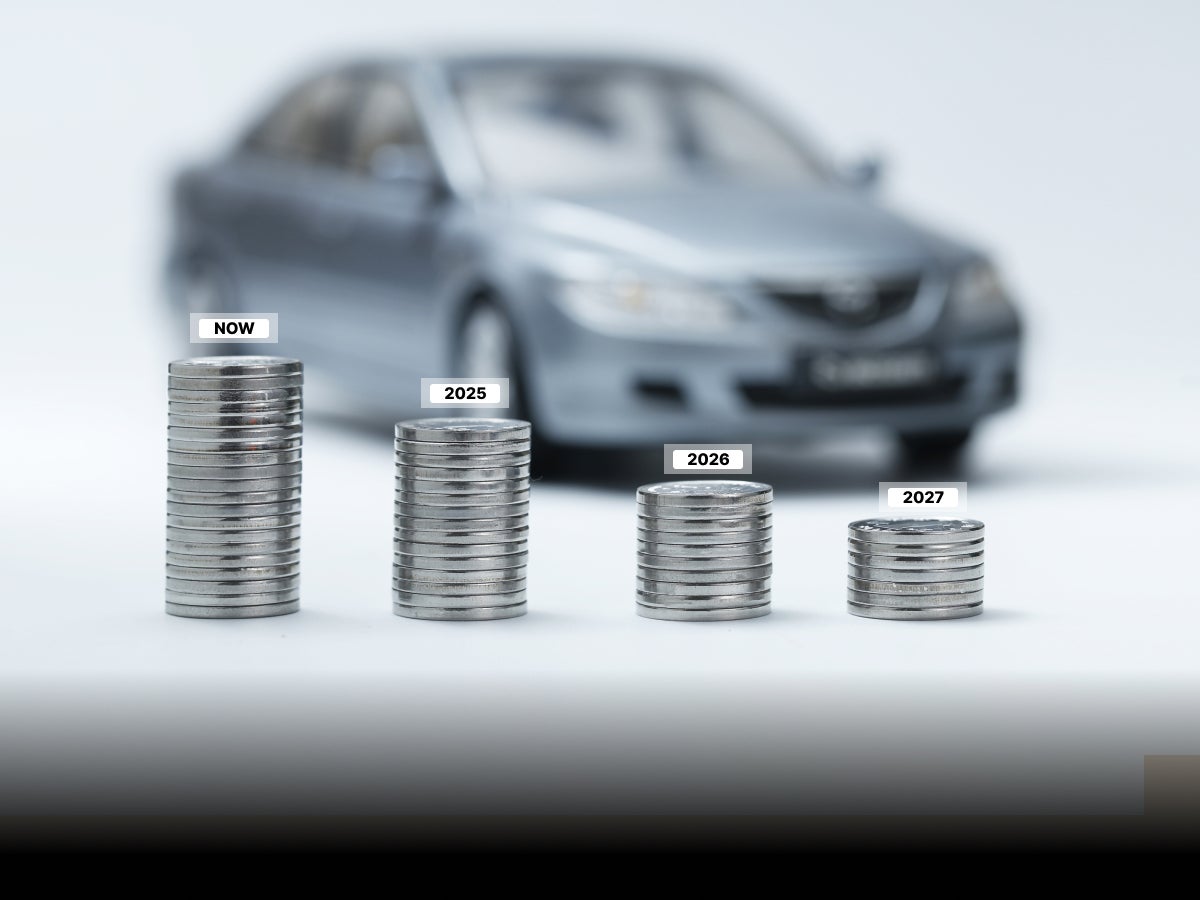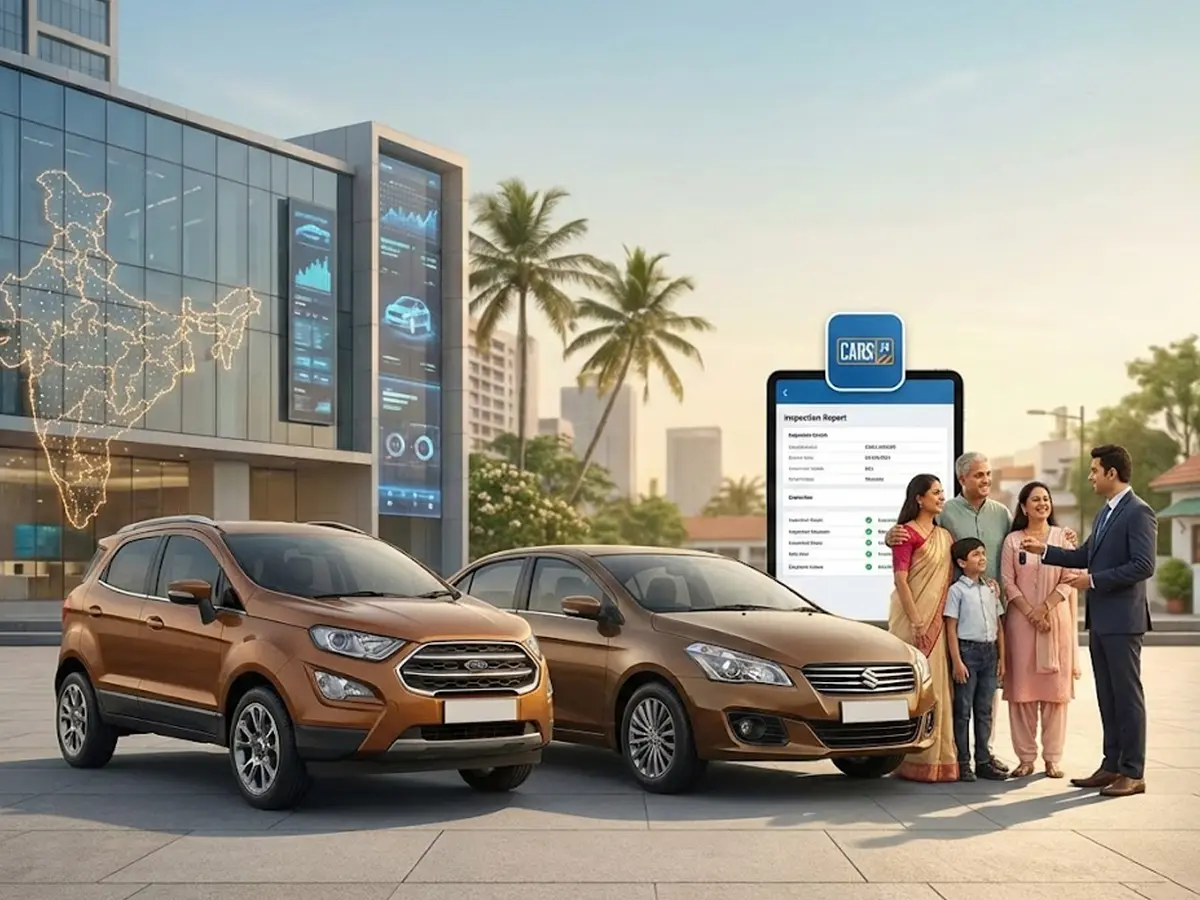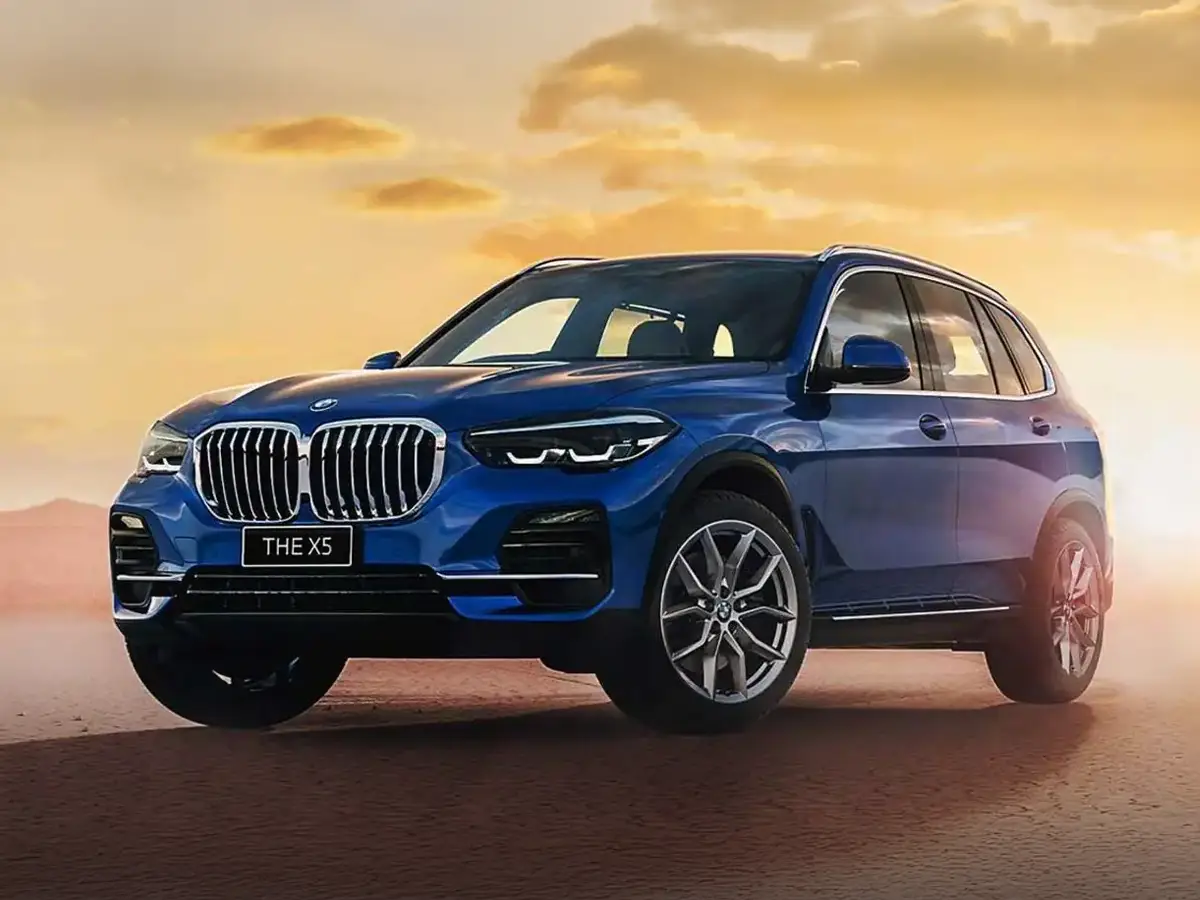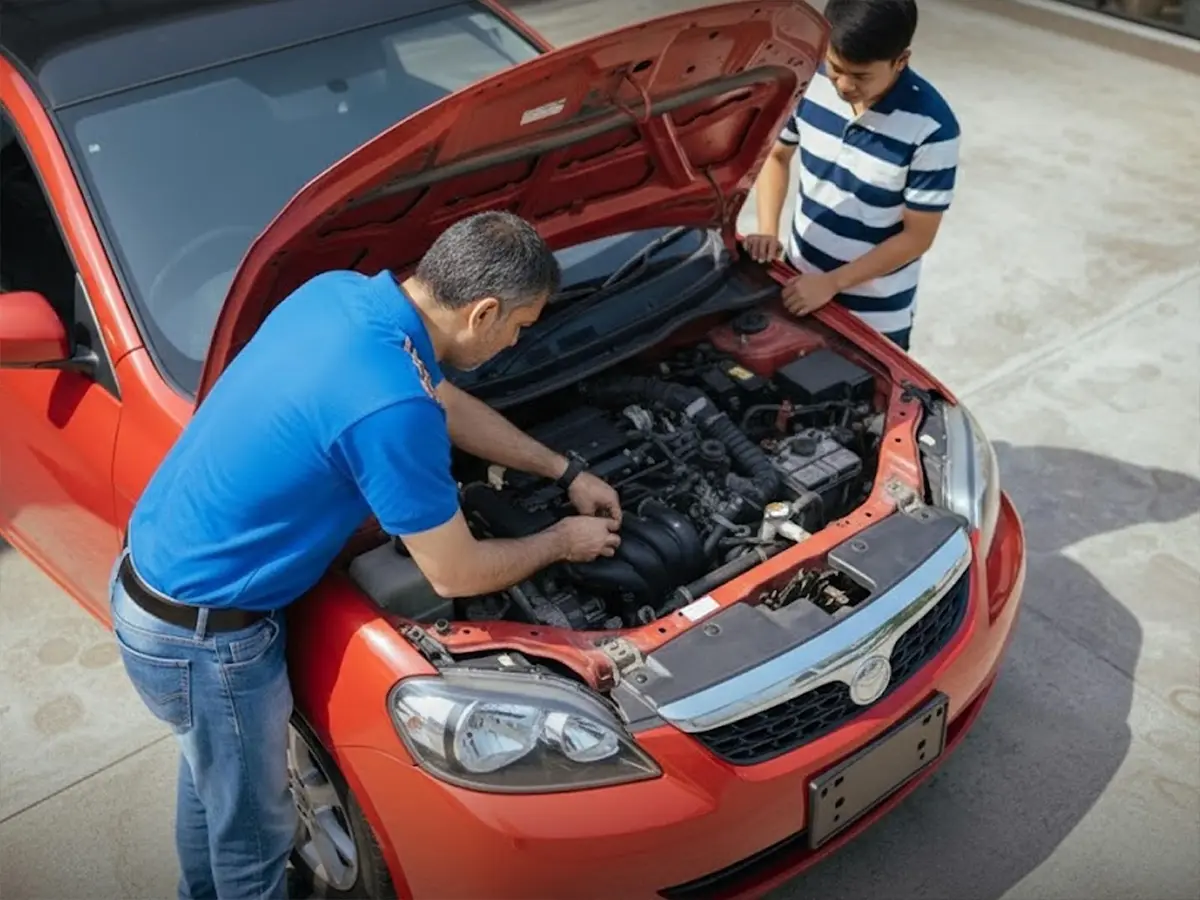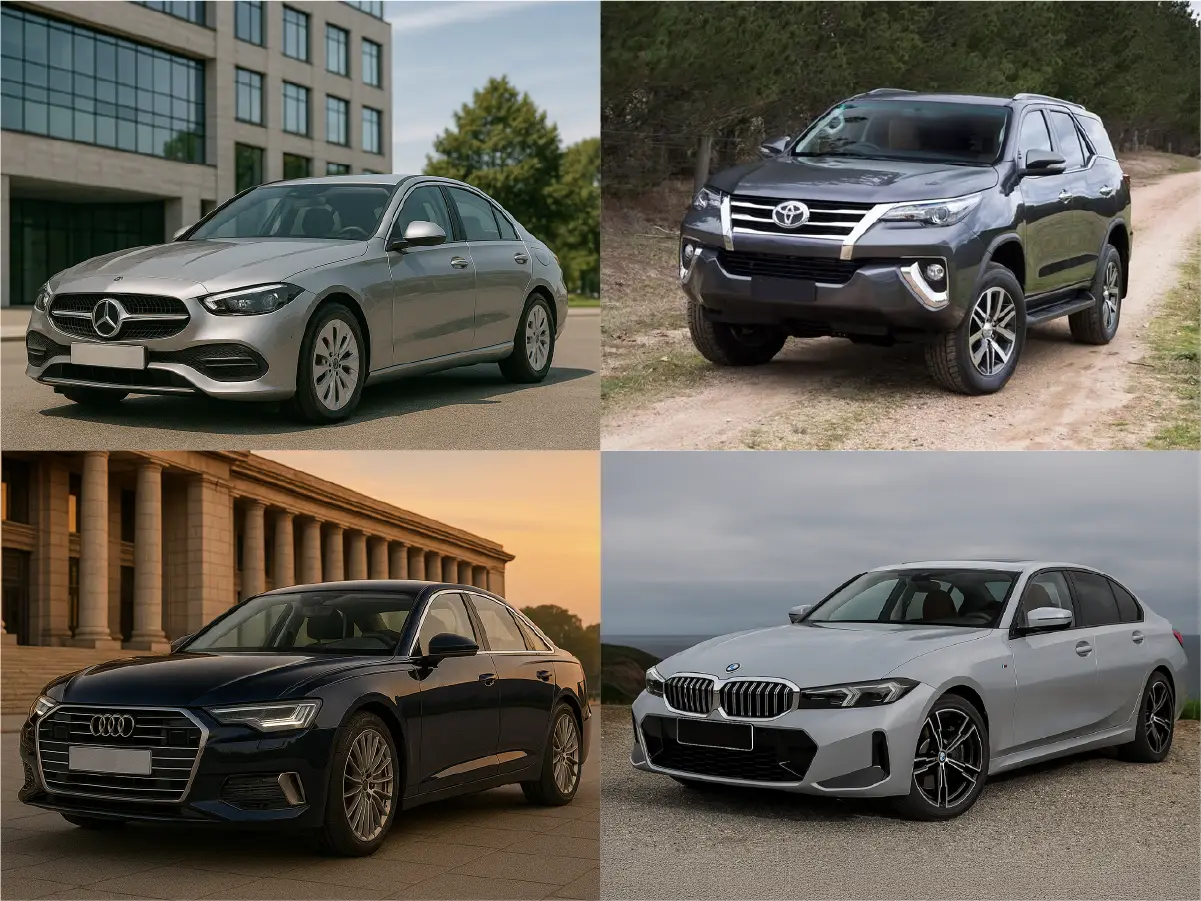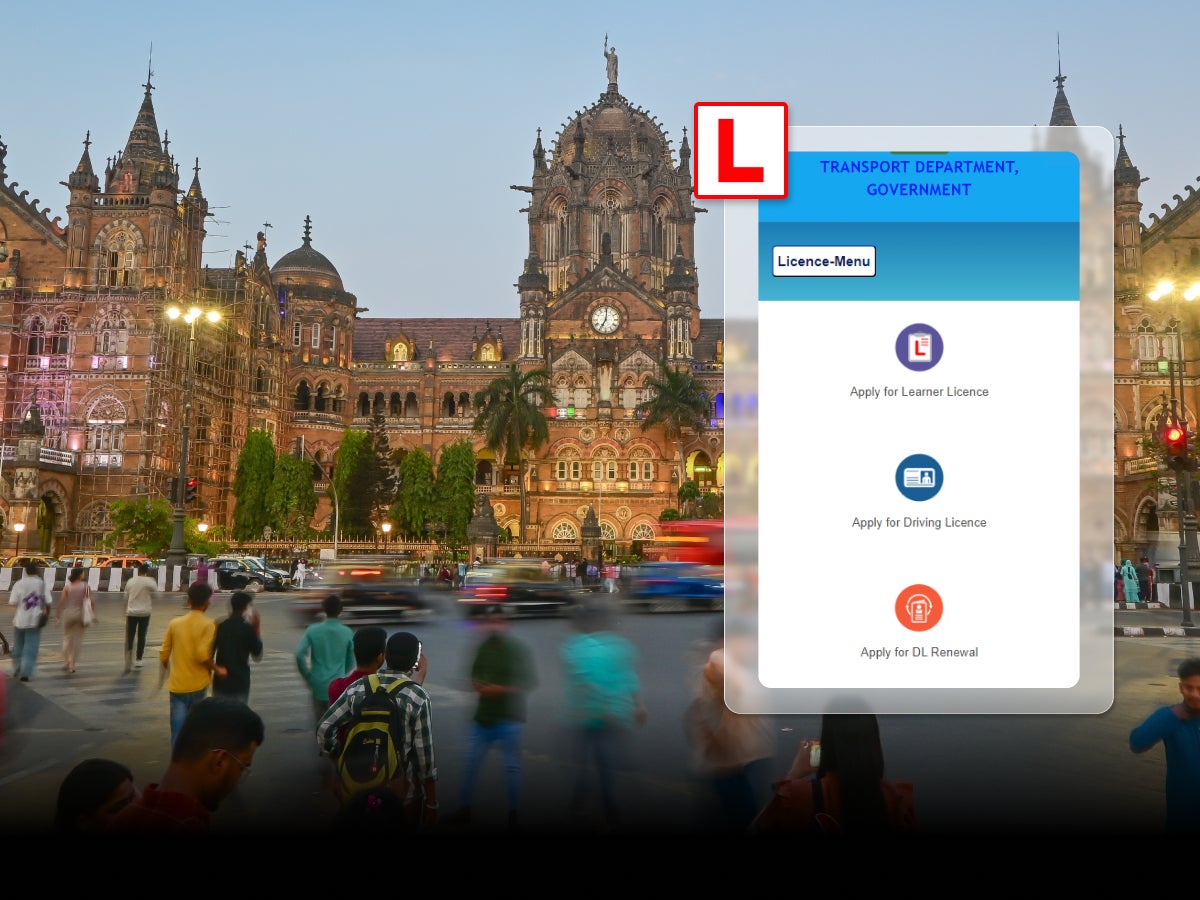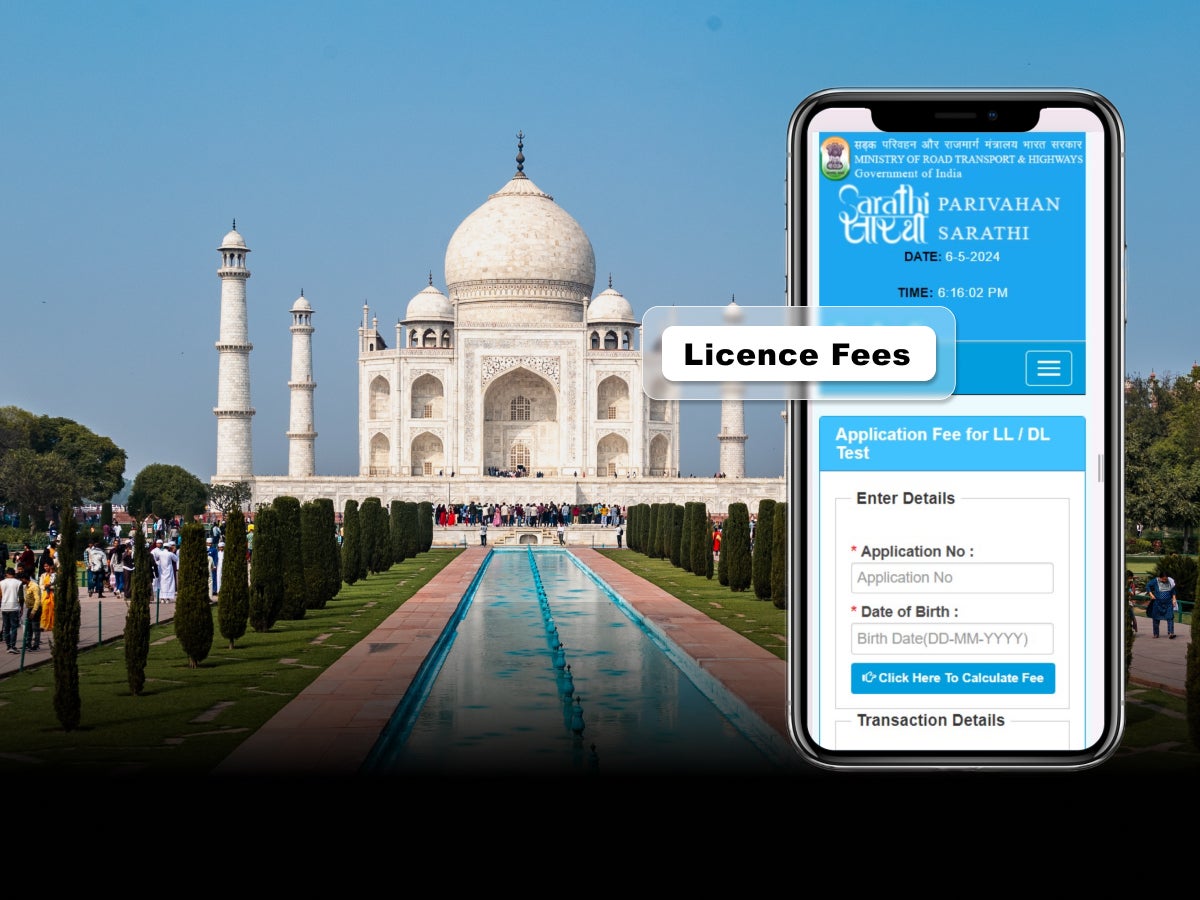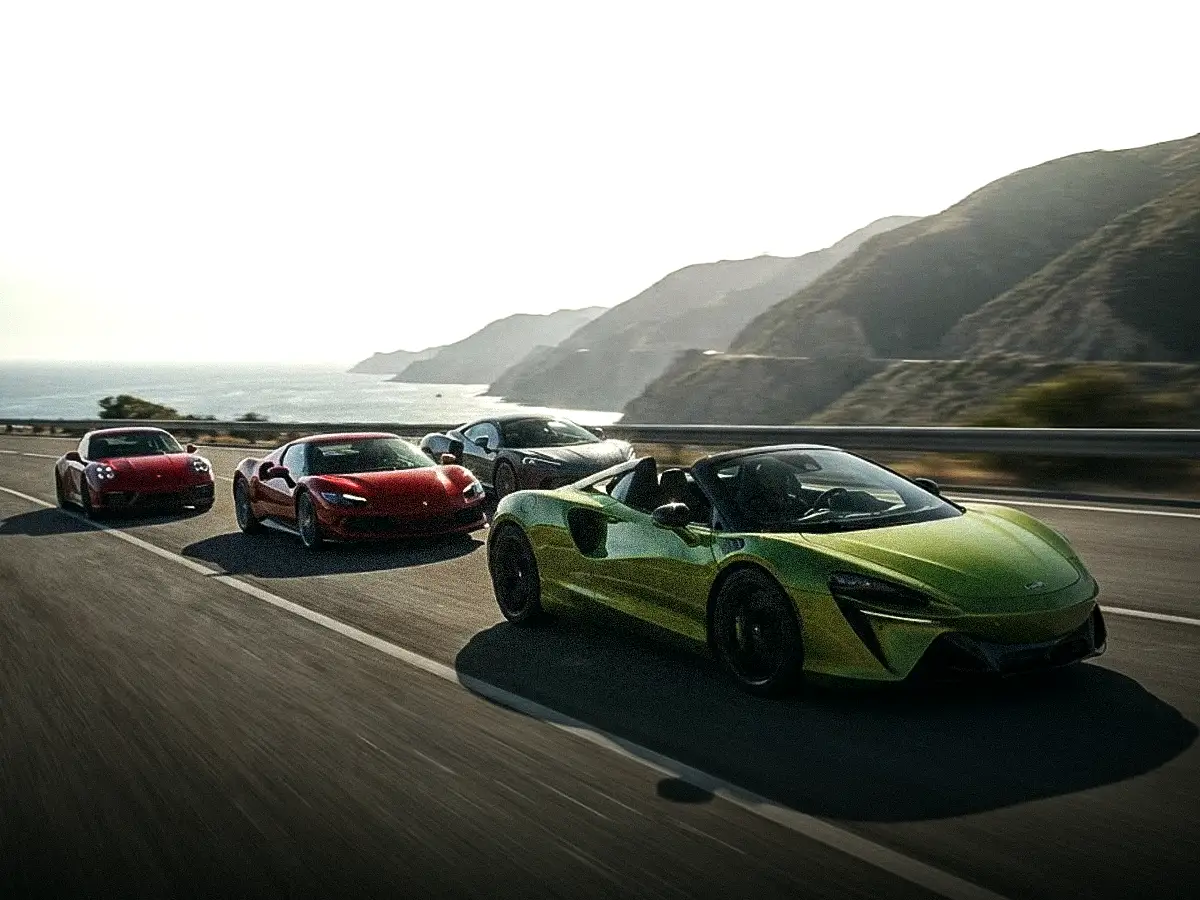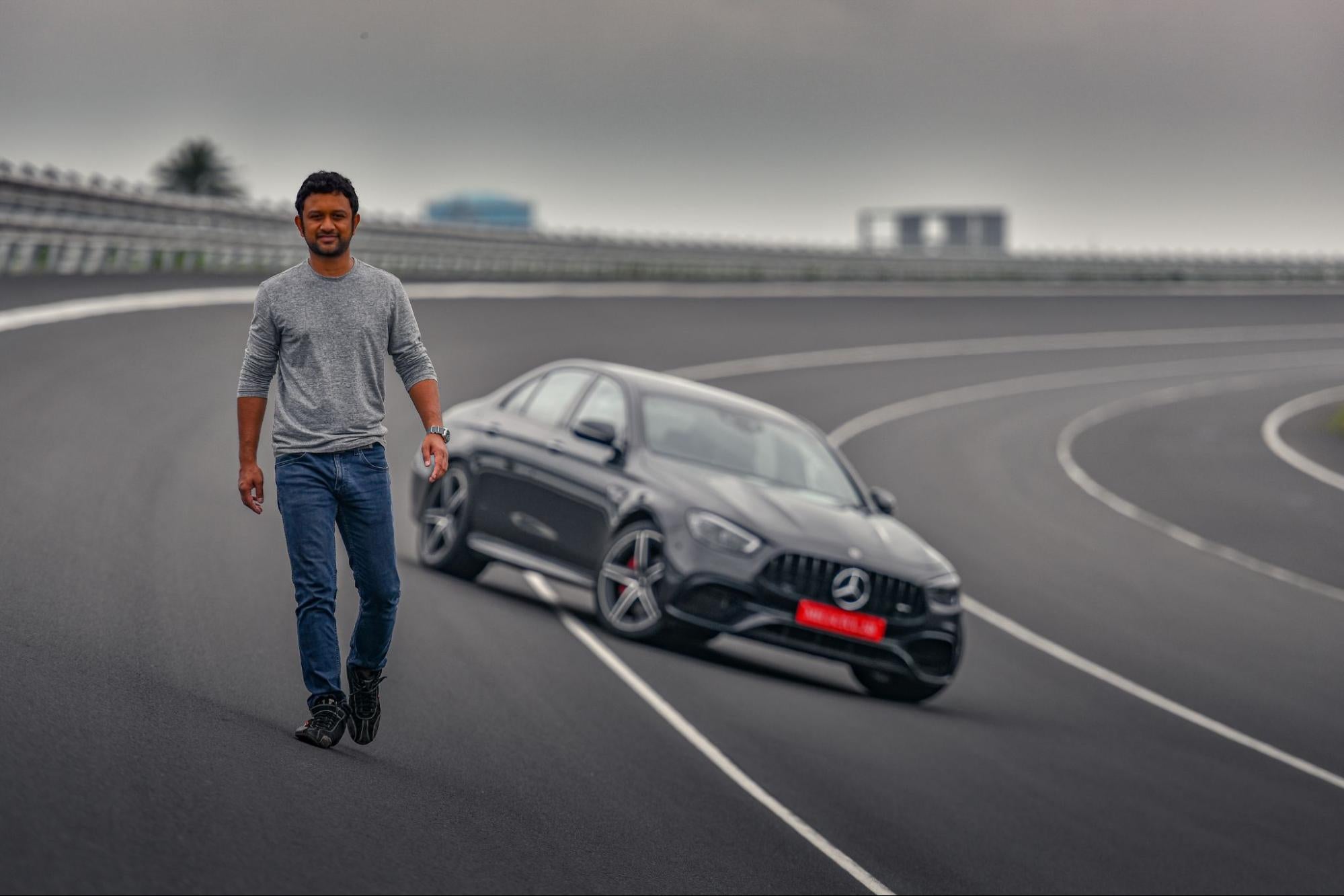

What are Hybrid Cars? Types of Hybrids Explained
- 1Hybrid cars combine petrol engines with electric motors for better efficiency
- 2Mild, strong, and plug-in hybrids suit different needs
- 3Strong hybrids offer up to 60% better fuel economy than ICE cars
Hybrid cars combine petrol engines with electric motors for greater fuel efficiency, improved city driving characteristics and reduced emissions. They’re a great step between internal combustion engine (ICE) vehicles and pure electric vehicles (EVs). Hybrid technology is further classified by the level of electrification on offer: mild hybrid, strong hybrid and plug-in hybrid electric vehicles.
Hybrid technology may seem complicated but understanding it becomes easier with the basic concepts laid out, including the different types of hybrids. This guide will explain how hybrids work and what type to look out for if you’re in the market for a used car with hybrid technology.

What are Hybrid Cars?
Simply put, a hybrid car is a vehicle that uses two different power sources to move. Instead of relying on just an engine powered by petrol or diesel, hybrids combine an internal combustion engine with one or more electric motors. The engine and motor work together to propel the car forward, with either the engine or the electric motor taking the lead depending on the situation.
At low speeds and in traffic, the electric motor takes over for silent and zero-tailpipe emission motoring. At higher speeds or under heavy throttle applications, the engine kicks in for sustained power. What makes the commonly available type of strong hybrids appealing in India is the fact that they can deliver exceptional fuel efficiency without requiring any change in driving habits or the need for special charging infrastructure.
Types of Hybrid Cars
As we know, not all hybrids are created equal. There are distinct differences between mild and strong hybrids, as well as the more complex plug-in hybrid electric vehicles (PHEVs), just as there are differences between fuel types in cars.
Mild Hybrid Systems
Mild hybrid cars use a small electric motor that can only assist the main internal combustion engine but not move the car on its own. The electric motor kicks in during acceleration, helping the engine work more efficiently and reducing fuel consumption in the process.
In India, Maruti Suzuki has been pioneering mild hybrid technology with their Smart Hybrid Vehicle by Suzuki (SHVS) system. Available on cars like the Ciaz, Ertiga and Grand Vitara, the system works in conjunction with an automatic stop/start system. It helps reduce the load on the petrol engine during frequent starts, such as in stop-and-go traffic. Mild hybrid tech is not to be confused with ‘micro hybrid’ technology, which only refers to a specific stop/start feature.

Key Features:
- Electric motor assists the petrol engine but cannot power the car alone
- Battery charges through regenerative braking and engine operation
- Typically offers 10-15% improvement in fuel efficiency
- No external charging required
Most affordable hybrid option
Strong Hybrid Systems
Strong hybrid cars combine an electric motor and internal combustion engine, where the motor can independently move the car as well. These cars can operate in pure electric mode for short distances and at city traffic speeds, switching to petrol power for sustained acceleration or highway cruising. The systems are particularly effective in stop-and-go traffic, where conventional engines are least efficient. The transition between electric and petrol power is so seamless that occupants rarely notice the switch.
Strong hybrid tech was first offered on the Honda Civic Hybrid and only a handful of options in the mass market exist even today. Maruti Suzuki and Toyota offer both mild and strong hybrid options of the popular Grand Vitara/Urban Cruiser Hyryder SUVs, while the Honda City Hybrid is the only mass-market sedan with strong hybrid tech.
Key Features:
- Can run on electric power alone for short distances
- Seamlessly switches between petrol engine and electric motor
- Offers up to 60% better fuel efficiency than ICE cars
- Self-charging system through regenerative braking
No range anxiety as the petrol engine acts as a backup
Plug-in Hybrid Electric Vehicles (PHEVs)
Plug-in hybrid cars offer the most flexibility of all hybrid types. The battery can be charged via the engine and regenerative braking, as well as by plugging it into a charger, like an EV. The onboard battery of PHEVs is larger too, translating to more pure EV driving range. PHEVs can thus largely operate in EV mode in the city, switching to internal combustion power for longer highway trips.
Currently, there are only a few luxury cars in India that offer PHEV tech, including sedans like the Porsche Panamera and SUVs like the Volvo XC90 and Porsche Cayenne. PHEVs are viewed as the best of both worlds between strong hybrid vehicles and EVs, as they offer most of the advantages of zero-tailpipe emission motoring without the range anxiety.
Key Features:
- Larger battery pack that can be charged from external power source
- Can run between 20-40 km on electric power alone
- Combines the benefits of electric driving with petrol engine backup
- Ideal for daily commuting with occasional long trips
Requires access to charging infrastructure for optimal benefits
How Hybrid Cars Work
At the heart of any hybrid car system is the power management unit. It’s responsible for coordinating the power outputs between the internal combustion engine and electric motor, as well as battery management. The system is constantly monitoring various factors like your speed, acceleration demands, battery charge levels, engine temperature and load to determine the optimal power source. The brains of the whole operation, it ensures the battery never discharges fully to maximise its lifespan, while still being able to provide electric assistance when required.
Regenerative braking system: Every time you brake or coast, the electric motor switches roles and becomes a generator, converting the car's kinetic energy back into electricity to charge the battery.
Benefits of Hybrid Cars in India
For most people, the most lucrative benefit of a hybrid car is the superior fuel efficiency it offers without having to resort to fuel-saving driving habits. Other benefits, such as lower NVH in the EV-only drive mode and lower tailpipe emissions, are happy bonuses. Though the purchase price of strong hybrids may seem prohibitive to many, the fuel cost savings improve the more you drive.
- Fuel economy and cost savings: Hybrid cars typically deliver 40-60% better fuel efficiency compared to their ICE counterparts. With petrol prices hovering around ₹100 per litre in most Indian cities, this translates to significant monthly savings. For someone driving 1,000 km per month, a conventional car delivering 15 kmpl would consume 67 liters of petrol, costing ₹6,700. A hybrid car achieving 22 kmpl would need only 45 liters, costing ₹4,500. This translates to a saving of ₹2,200 monthly or ₹26,400 annually.
- Environmental impact: Hybrid cars also contribute to cleaner air in cities. By using electric power during low-speed city driving, hybrid vehicles can significantly reduce tailpipe emissions in dense urban areas where people live and breathe.
Smoother drive: The instant torque from electric motors delivers smooth acceleration, while the lack of vibrations/reduced engine noise creates a more refined cabin environment.
Conclusion
The main draw of hybrid technology lies in its running cost savings and upgraded driving experience, without the hassle of range anxiety as in a pure electric vehicle. While mild hybrids are more accessible to buyers from a price standpoint, they do only provide a fraction of the advantages of a strong hybrid. It must be remembered that electric motor and battery technology are still in their relative infancy and, as such, are still expensive.
However, for high-mileage users, such as those with long daily commutes, especially in the city, a strong hybrid car makes a strong case for itself. The cost of acquisition versus savings cost starts to balance out much sooner with higher running costs, as with EVs. Unlike EVs, though, users are not limited by charging infrastructure. This makes strong hybrids a great choice as city commuters as well as family cars fit for highway journeys.
In the next few years, expect to see hybrid technology becoming more mainstream in India, with more manufacturers offering hybrid variants across segments of cars. As production volumes increase and technology costs decrease, the price of hybrid cars will lower, making them even stronger value propositions.
Frequently Asked Questions
Expand all